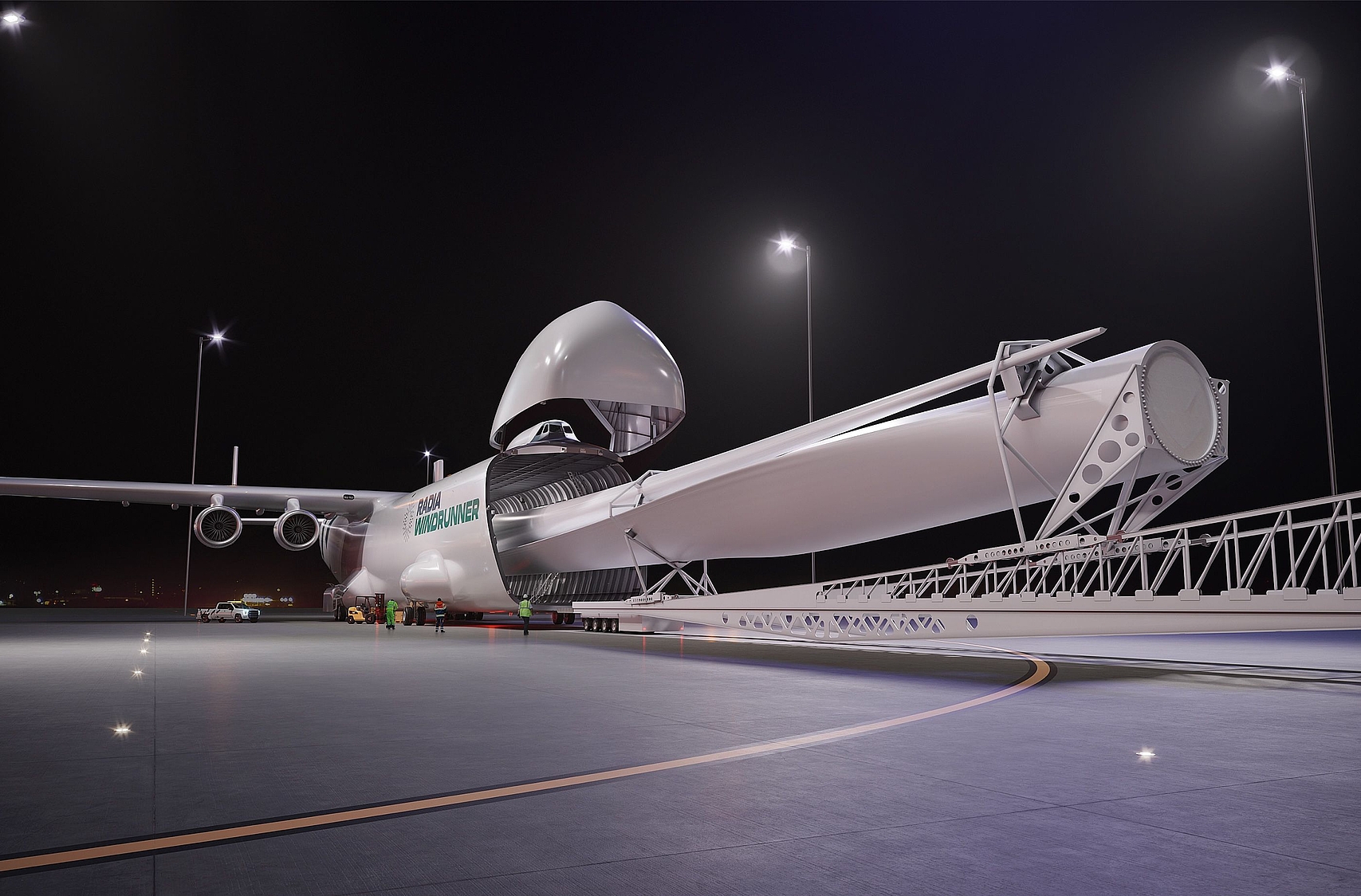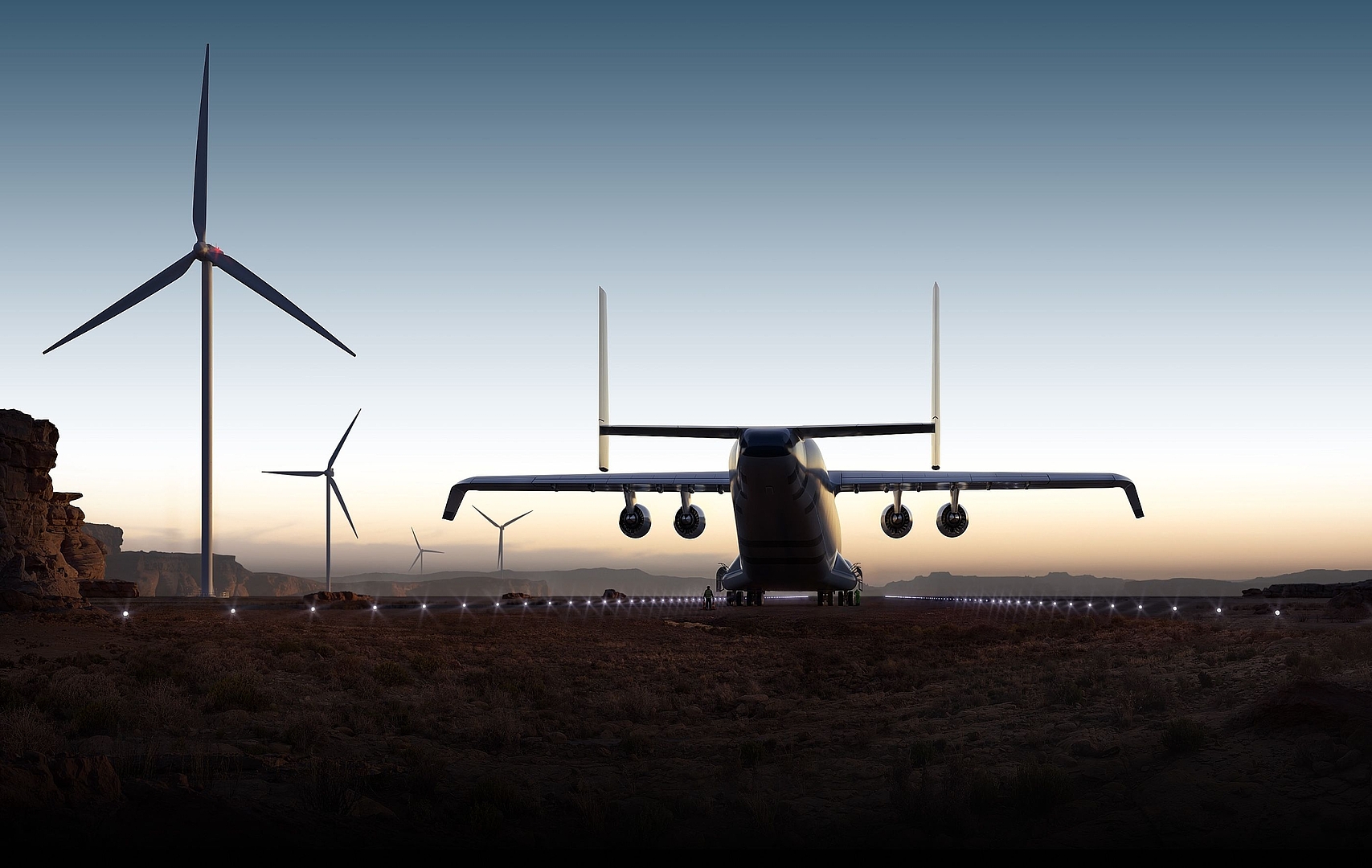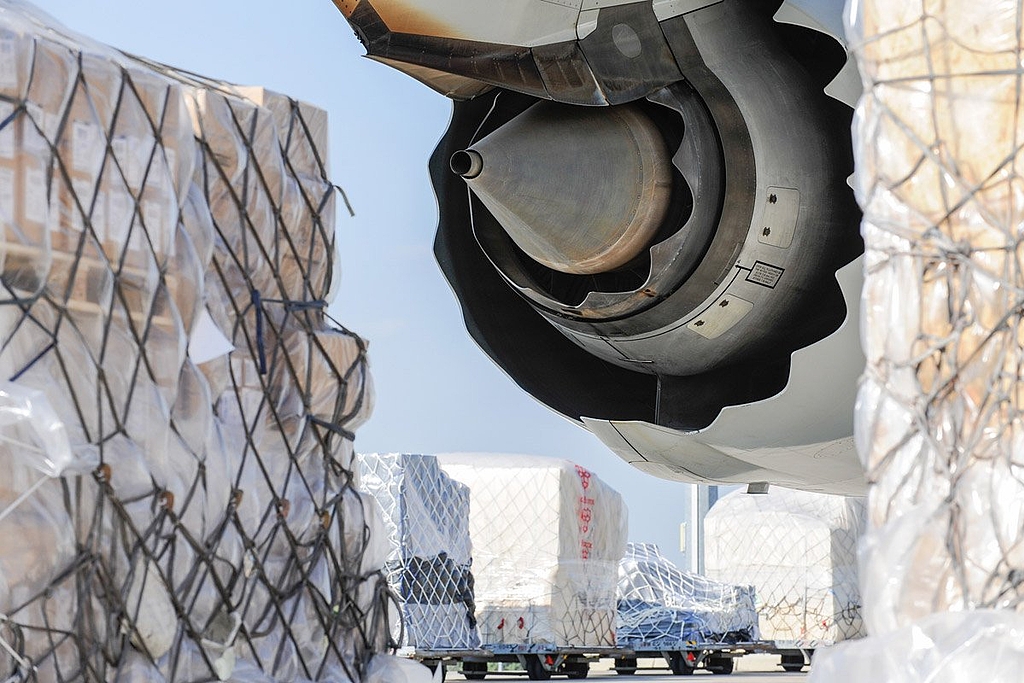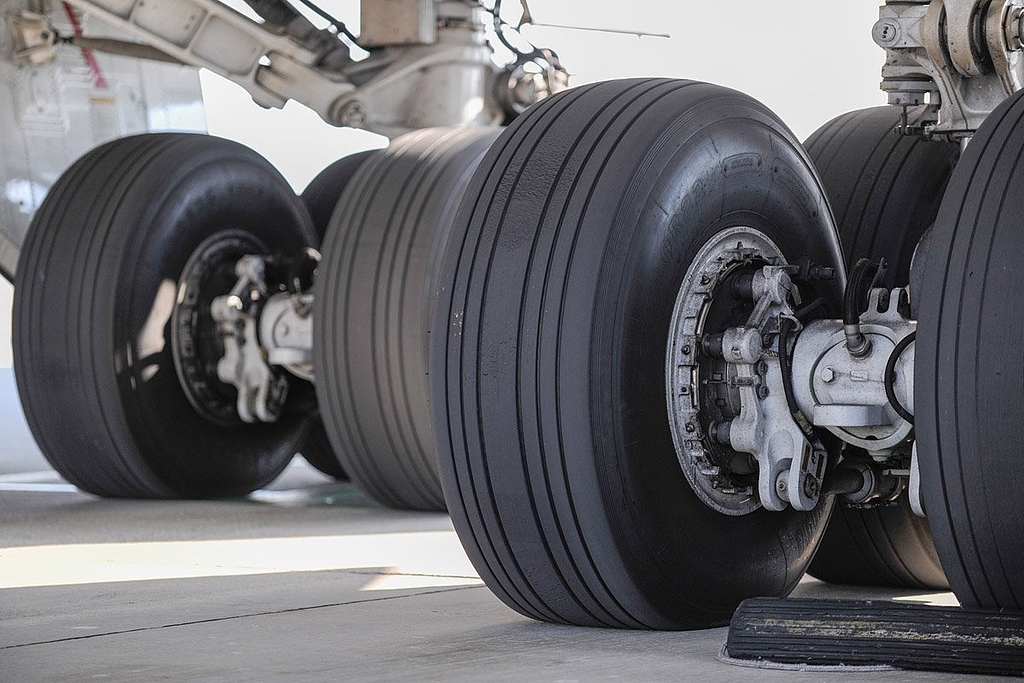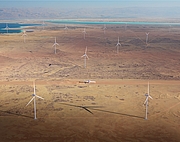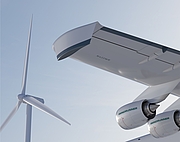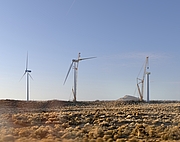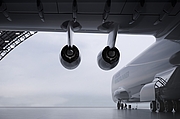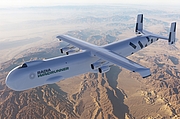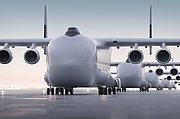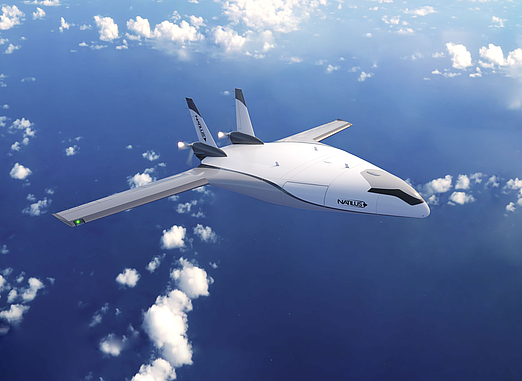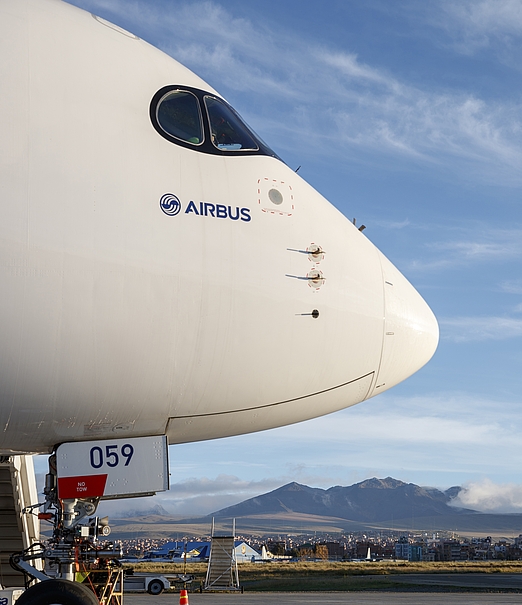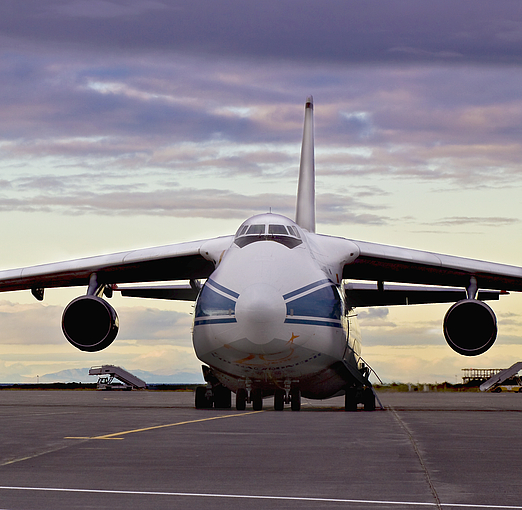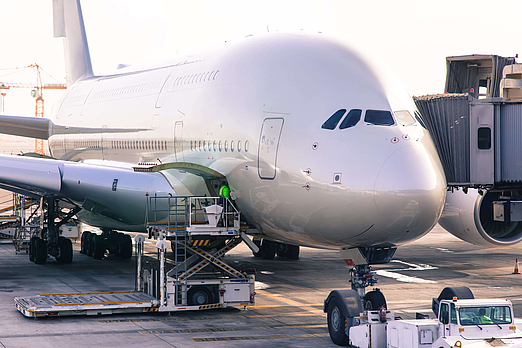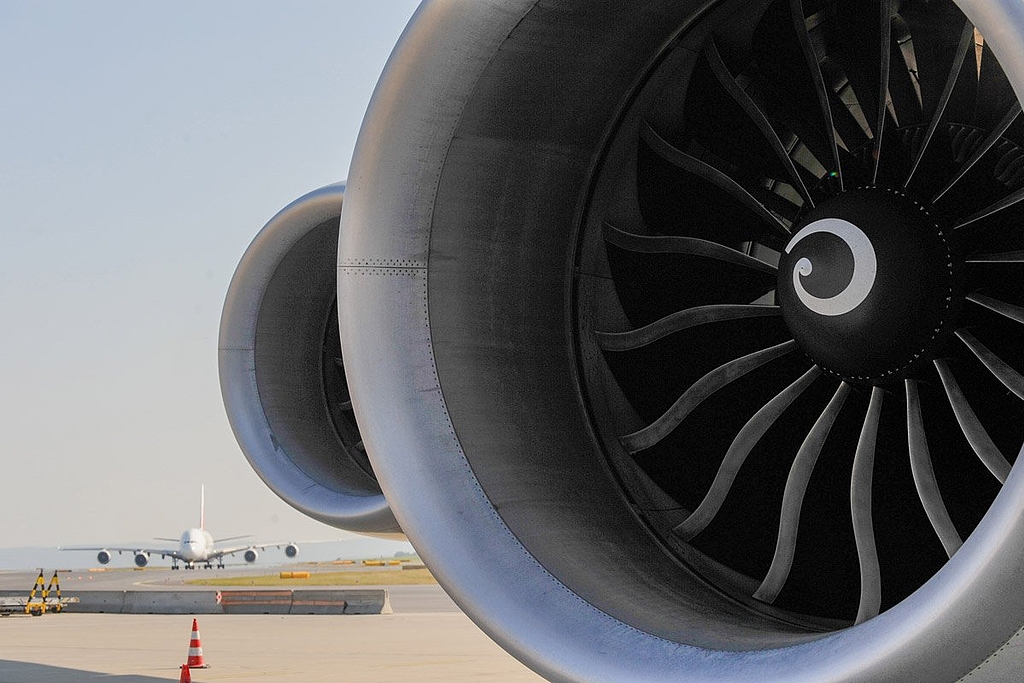World’s longest plane will make wind power by air freight a reality
Windrunner: a “propeller” plane with a difference
- Insights
Green energy has never been more needed, and wind power is a key means of producing it. Standing over 100 meters tall and with blades weighing several tons and measuring up to 90 meters in length, modern wind turbines dwarf the old ones in size and scale. In some regions of the world, transporting these turbines poses a real logistical challenge. Now, a start-up is developing a new record-breaking aircraft that is set to revolutionize this process.
